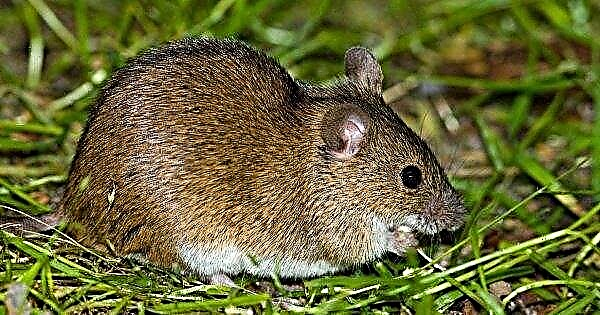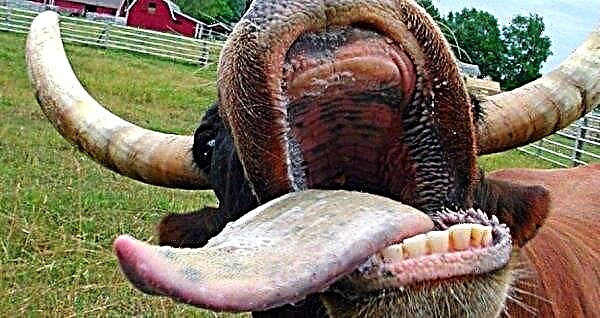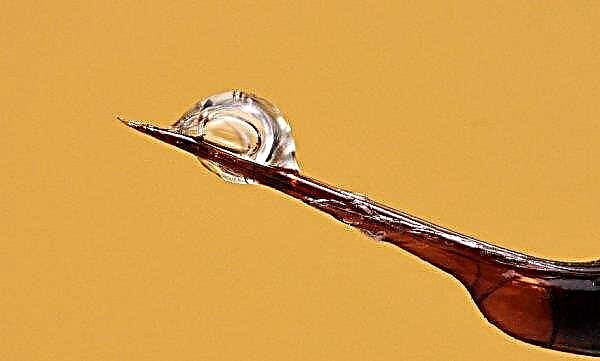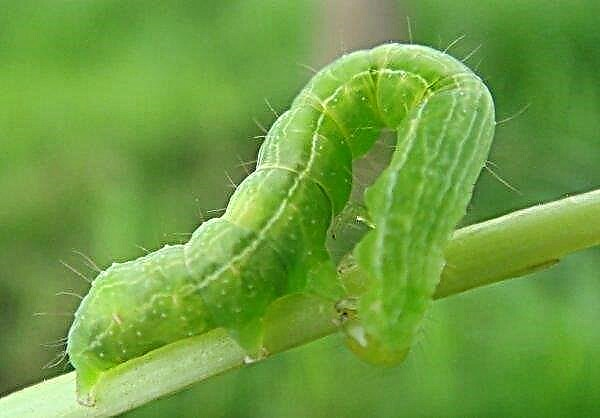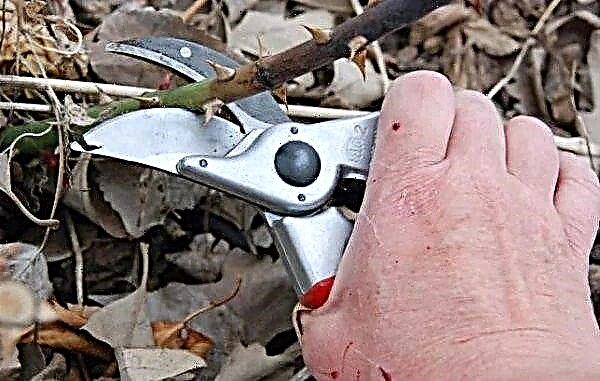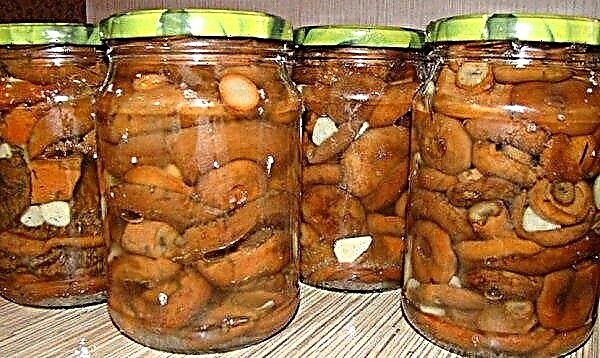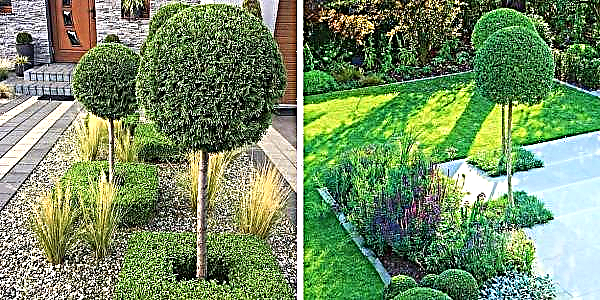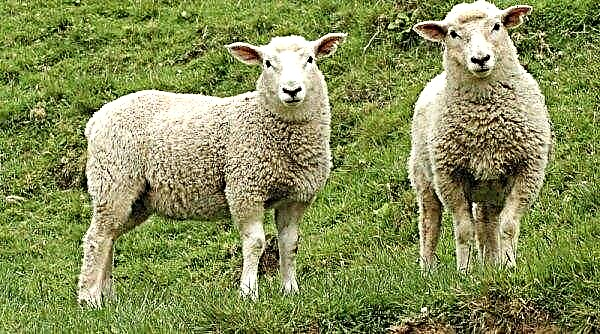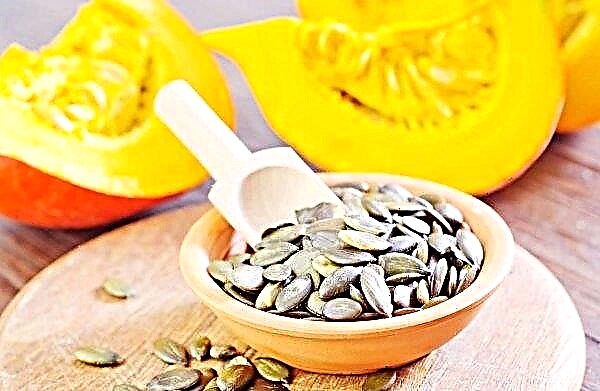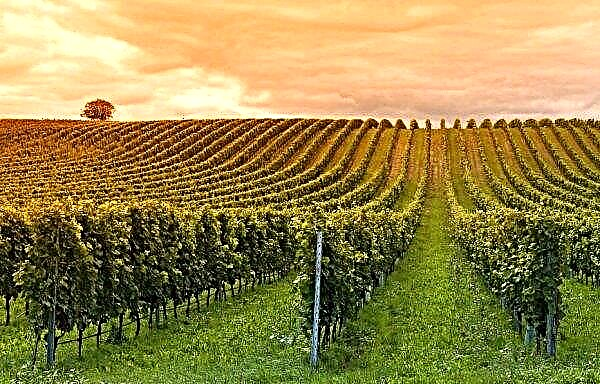Any self-respecting gardener seeks to decorate the site with an evergreen. One of these shrubs that are unpretentious in care are thuja and juniper, which have not only a beautiful appearance, but also a pleasant aroma. There are many varieties of thuja and juniper, each is unique and beautiful in its own way, but blue varieties are more popular. From the article you will learn about some ornamental plants and how to grow them.
Description of blue thuja blue con
Blue Cohn is an oriental blue thuja with strong, good branches. It differs from other varieties by rapid growth (approximately 20 cm per year). In height, it can reach up to 3 m. It has flat branches that are directed vertically. The color of the needles is bluish-green. And also happens the colors of the sea wave.
This variety is easy to care for, which is why many choose it for planting in public parks, squares or for registration of institutions. But despite this, the thuja does not tolerate low temperatures, below –20 ° C, in which case it may die.
Did you know? The name of the tree translates as «incense» — wonderful aroma that appears when burning thuja wood.
Features
Thuja itself is a long-liver. A tree can grow and develop for about 100 years. The birthplace of the plant is China. Blue Cohn is unpretentious in leaving, can easily tolerate drought, suitable for cultivation in the southern regions. Tui are used to create hedges, they also go well with roses.
There are 2 ways to propagate the bush:
- cuttings;
- seeds.
Landing
Features of planting varieties Blue Con are no different from the reproduction of other varieties of arborvitae:
- It is better to plant the plant on a large area, which should be well lit.
- The soil should be nutritious, loamy, with a drainage layer.
- You can plant trees in spring or autumn.

If seedlings are used for propagation, they must be watered well before planting. The pit should be 30 cm deeper and wider than the container in which the plant was located. The tree is planted in a hole, covered with earth and watered.
Important! Seeds must be collected before the cones open.
If you use seeds, then you need to collect them in early autumn. Dry in a warm place, and do not tighten with sowing. You can sow seeds directly into the ground, for this you need to make several grooves. In them, sow the seeds along the entire length and sprinkle with earth, a layer of not more than 1 cm. If there is drought on the street, you can water a little.
Care
After planting, the plant must be watered every week, after which watering can be reduced to 2 times a month. Also, the tree needs to be fed - for this purpose, a mineral complex is suitable. The tree must be protected from fungus and pests. In winter, it is better to cover the plant with gauze or burlap so that it does not die.
Juniper Blue Arrow
Juniper Blue Arrow (Blue Arrow) is called so because of its appearance. It is narrow in itself, and the top of the tree resembles an arrow. The color of the bush is light blue. The needles are soft and smooth. It can reach 5 m in height. It blooms with small blue cones.
Grade Advantages:
- picky about the soil;
- can adapt to any weather conditions.

A plant can exist even in the hottest climates, but the wind is undesirable for it, so it’s better to plant juniper away from drafts. Also, the tree is resistant to disease. In order that the plant was magnificent, it is impossible to abuse with watering. A great place to land is the hill.
Important! The berries of some varieties of juniper are useful for humans, but they are all alike, and the fruits of Cossack juniper contain dangerous poison.
Although thuja and juniper are very similar in appearance, experienced gardeners can easily find differences in these plants. For example, if the juniper needles and remains needle-shaped, then in the arborvitae it changes and becomes scaly.
Landscape design application
Both thuja and juniper are actively used in landscape design. They are planted in yards, parks, squares, along with other ornamental plants.
Since the bushes are unpretentious in maintenance, they can be planted anywhere:
- like a hedge;
- with their help strengthen crumbling slopes;
- for registration of courtyards of institutions;
- on the flower beds.

Juniper and thuja go well with other plants:
- with barberry;
- a rose;
- heather;
- lilies;
- peonies;
- cereals.

Trees are great for sites that are decorated in English or Japanese style. Depending on the idea of garden design, juniper or thuja can be both central plants and background for the rest. Most often they are used to decorate the garden, where a combination of geometric shapes and natural beauty and naturalness is characteristic. Also, these plants look great in company with conifers. They can decorate the courtyards of restaurants, hotels and other institutions.
Did you know? In ancient times, dishes were made from juniper bark - for example, milk in it could not sour even on the hottest days.
Both juniper and thuja are an excellent option for garden design. These trees can embellish any site. The main plus is that such plants do not need to be carefully looked after. They will delight the eye with evergreen needles at any time of the year.

